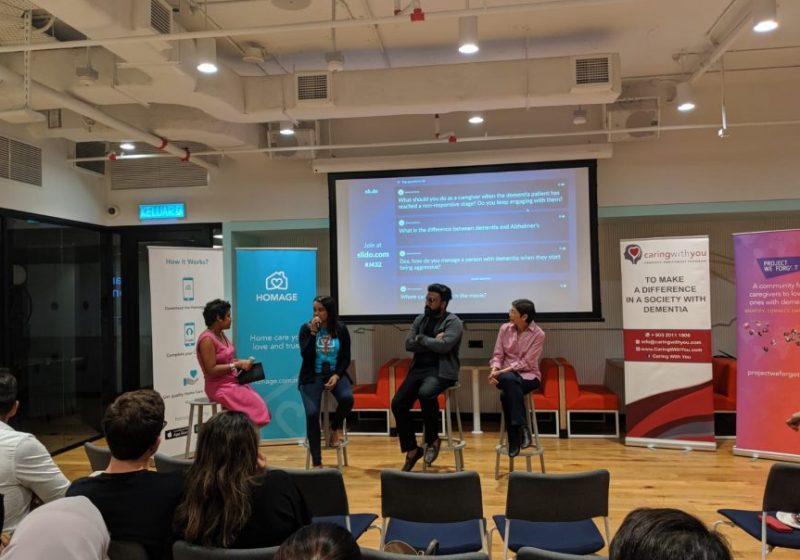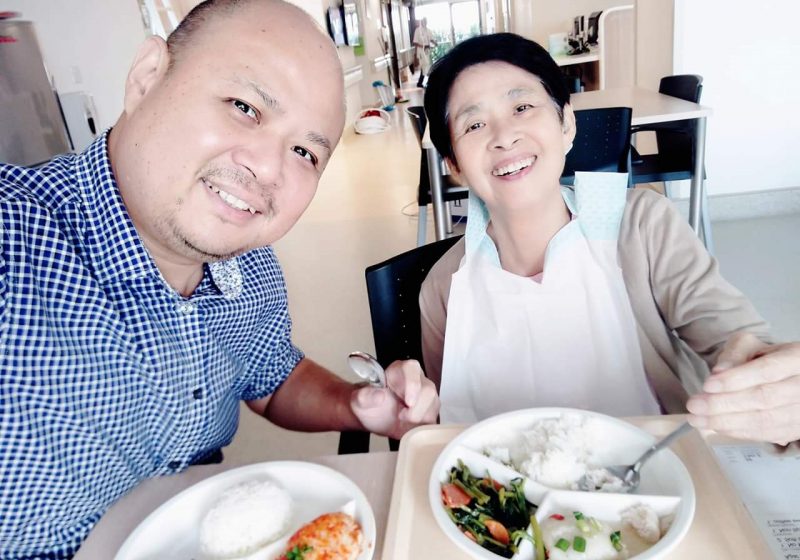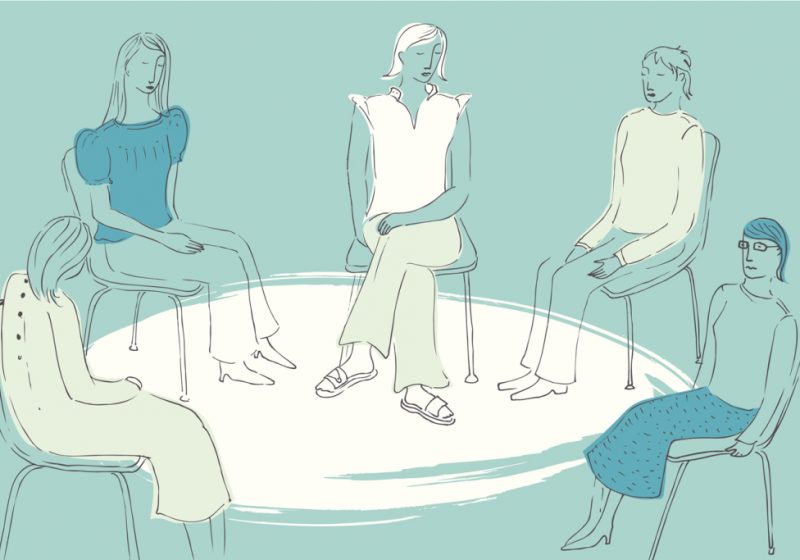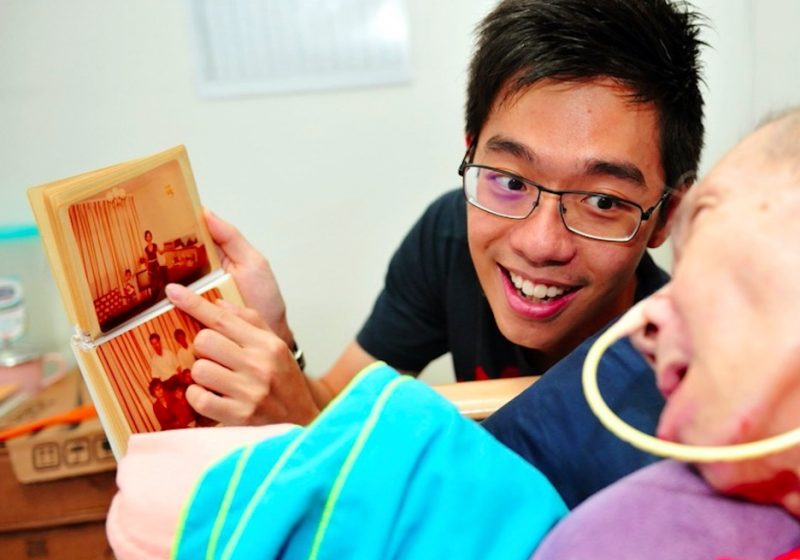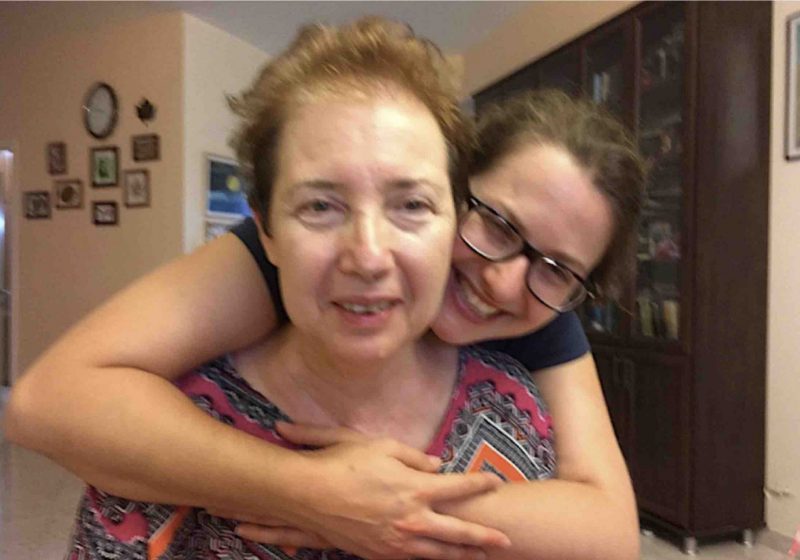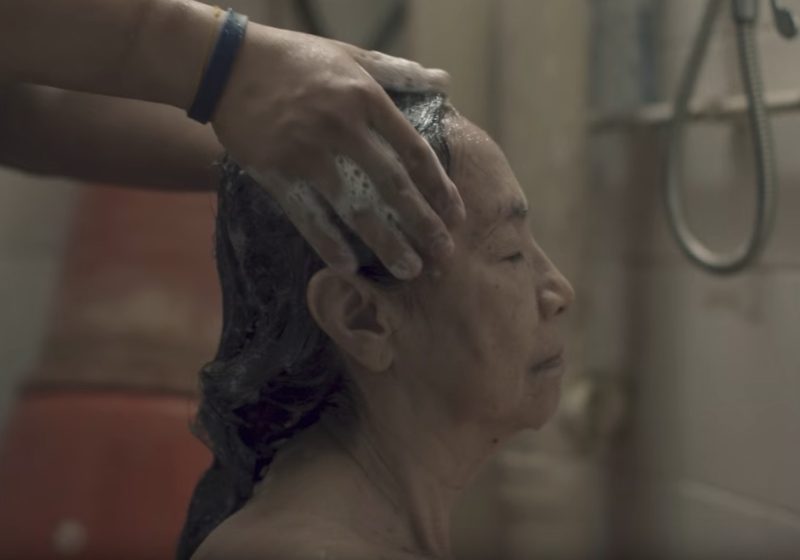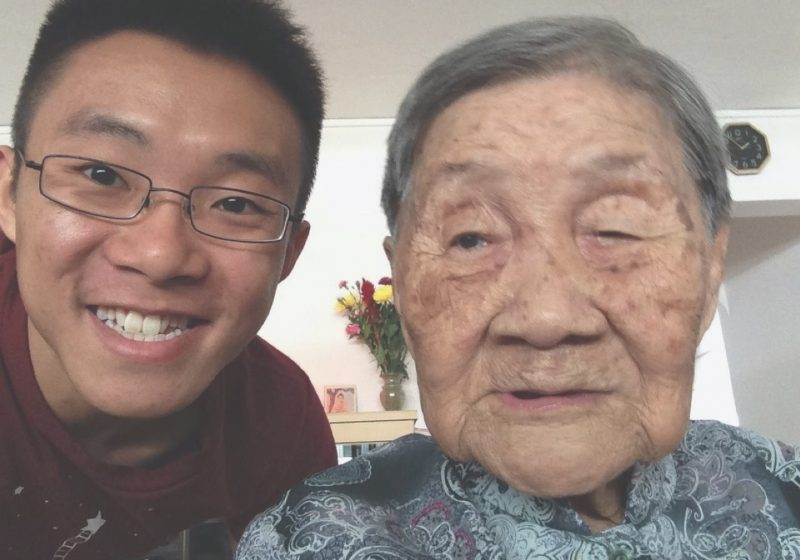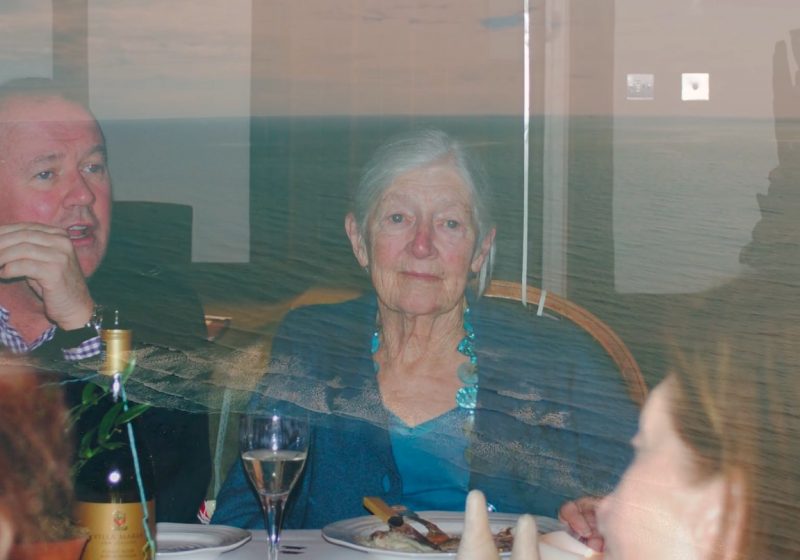Many of us would want to create the perfect dementia enabling environment for ourselves or for our loved ones to age in place at home. It requires research, costs, time and disruption to our daily routines of which not everyone can afford. Here are five areas to look at when thinking about tailoring your home environment for loved ones with dementia.
By Joanna Sun

Globally there is a shift in how we want to age in place, with more people wanting to remain in their family homes for as long as they possibly can. However, when we look at the interior or architecture of houses, a lot of homes are not designed with ageing in mind, much less for persons living with dementia.
Clearing clutter
Do you have space and clear pathways at home? Do you have loose clutter on the floor, or items stacked dangerously high? A pile of shoes at the door, stacks of books on the ground, or electrical wires curling across the room? Ornaments or boxes left lying around. Do you have clear walkways between entrances and doors?
If you have to zigzag around furniture or items, you may have to declutter. Living in our home for many years, we may have grown accustomed to the clutter around us, and just haven’t noticed these items.
Decluttering can help to make the home environment safer. Loose and slippery items on the ground can cause people, not just a person living with dementia to trip, slip and fall. The larger the amount of clutter, the higher the risk of getting injured. It is also essential to look at any clutter overhead and reduce the risk of injury from loose falling items.
Lighting and colour
Adequate natural lighting and appropriate artificial lighting cannot be discounted at home. When we can see clearly at all times; we can orientate and navigate our way around and identify facial expressions and body language. With the ability to see clearly around us, we can move confidently and engage in our activities safely.
Sunlight helps to produce Vitamin D. Vitamin D is associated with improved wellbeing as it has an influence on mood and sleep. With natural lighting or sunlight streaming into the home, there are some key things to take note of. Glare, reflection and shadows can be disorientating. The use of curtains and blinds can help to reduce these elements and assist in managing the level of lighting required in the room.
Artificial light installed in the home should be at minimum 300lux. As we age, our vision may become impaired. At night, or in the absence of sunlight; it is equally vital to be able to have an adequate light source so one can continue to engage in activities safely.
Visual Access & labels
Can you clearly see day to day items that you need, or are they hidden behind cupboard doors that look all the same? Being able to see day to day items can provide clarity in engaging daily tasks.
If installing see through kitchen cabinet doors, or removing doors to some cupboards may not be feasible, taking a photo of the contents of the inside of the cupboard and sticking it on the cupboard door may be one way to get around it.
At home, a number of our light switches, or door handles may be the same colour as the surrounding wall. Using paper, tape or paint of a contrasting colour to create a border around the light switch or the doorknob to highlight its presence. The same can be done to the bedroom or toilet doors.
Some homes may have numerous bedrooms occupied by different members of the family. Labelling the bedroom doors with pictures or names of the occupants may help the individual to navigate around the house. Labelling can also be used for switches and mixer taps. In the bathroom, items can be placed on open shelving so they can be clearly seen and used by the individual.
In the toilet, contrasting colours for items such as the toilet seat and handrails can also help to improve perception.
“We all want the best for our loved ones, but we have to ensure that the wellbeing of everyone involved is not severely impacted by the process. Always communicate and share your ideas with everyone involved in the design process so you can attain the best outcome possible for your design ideas and peace of mind.”
Clocks and Timers
Clocks are beneficial in helping to alleviate anxiety or confusion associated with the time of day. To ensure that the stove and powerpoints get switched off, stove timers and programmable electrical timers can be installed by a qualified tradesman. These timers can be programmed, allowing the stove, oven or electrical appliances to be shut off after some time.
Technology & Connectivity
When we think of home improvements, a lot of us would think of brick and mortar projects. However, there is a fast-growing number of seniors and their family members owning smartphones and tablets. Using technology to engage in meaningful activities, social connections with their loved ones and age in place.
The home must be technologically ready for connectivity. Is there wifi available in the house? Is the internet connection fast and reliable for video calls throughout the house, enabling the person to move freely? Is the internet connection safe and secure? Is it affordable for the person or their family? These are some of the things that could be looked into to enable the home to be technologically ready for connectivity.
Many of us would want to create the perfect dementia enabling environment for ourselves or for our loved ones to age in place at home. However, it needs to be acknowledged that it may not be easy to create a perfect environment. It requires research, costs, time and disruption to our daily routines of which not everyone can afford.
We all want the best for our loved ones, but we have to ensure that the wellbeing of everyone involved is not severely impacted by the process. Always communicate and share your ideas with everyone involved in the design process so you can attain the best outcome possible for your design ideas and peace of mind.
Joanna Sun is a PhD student with the University of Wollongong and a social media coordinator at the Wicking Dementia Research and Education Centre. Joanna has developed an environmental assessment tool for facilities providing high levels of care for people living with dementia in Singapore.






























